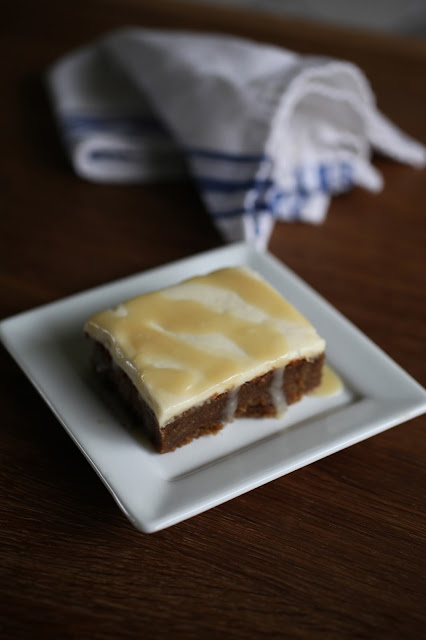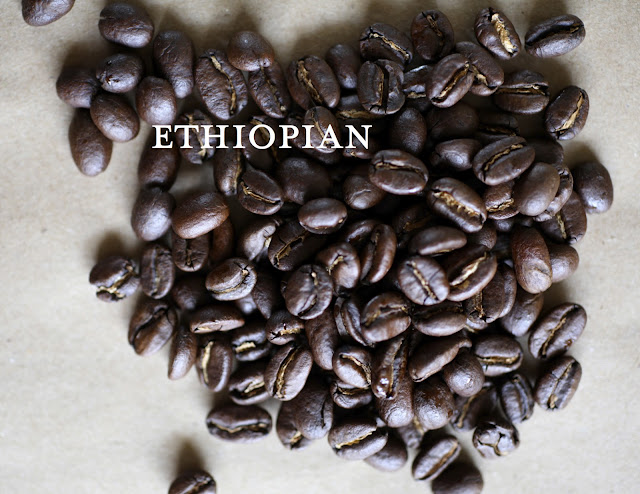Gluten-Free Foodie Friday | Banana Torte with Salted Caramel Mascarpone Frosting
I know. I’ve got some ‘splaining to do. I’ve been MIA for a week and I’m so sorry! All will be revealed soon enough, but I promise it’s been for good reason. And I haven’t stopped thinking of you, even if I had to take a brief break from posting! In fact, I was thinking of you all just a couple of days ago as I was making this little sumpin’ sumpin’ for a lovely visit from English family this week.














